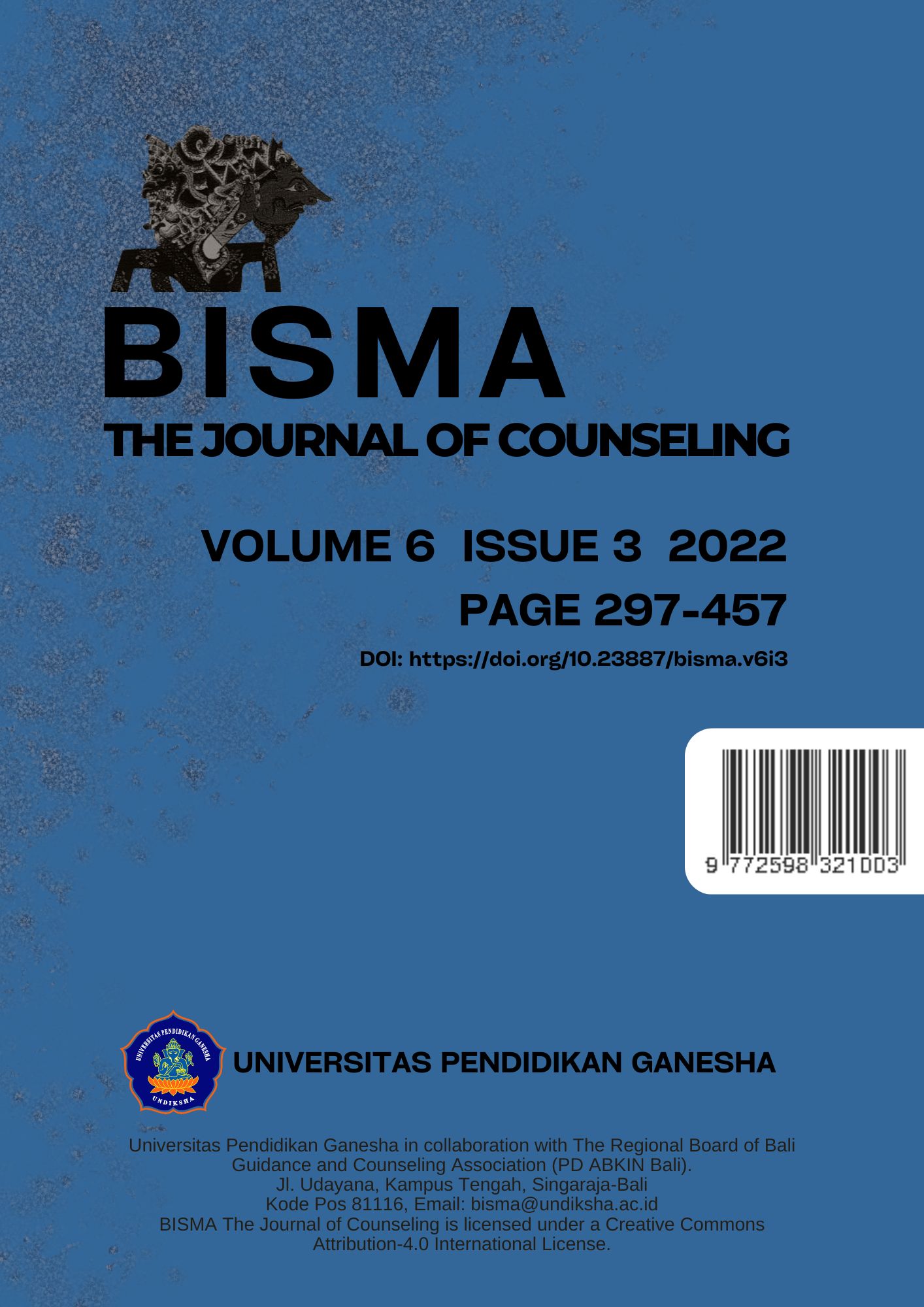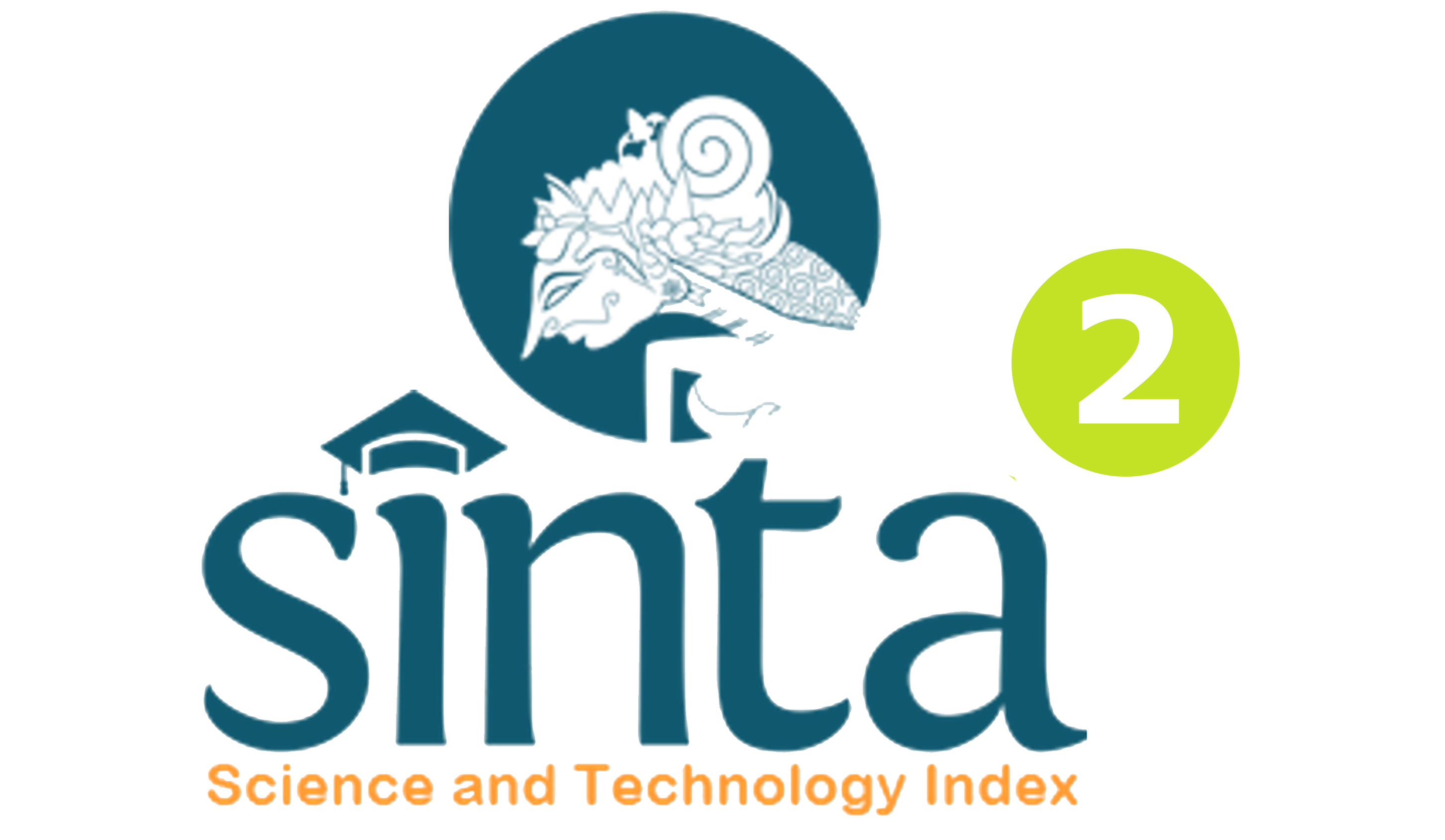Computer Assisted Instruction as a Media for Understanding Cultural Diversity
DOI:
https://doi.org/10.23887/bisma.v6i3.53032Keywords:
Computer Assisted Instruction, Cultural Diversity, MediaAbstract
Computer Assisted Instruction as media for Understanding Cultural Diversity contains the cultural diversity concept in Indonesia, equipped with interesting video and animation that can easily understand by student. The purpose of the research is to produce Computer Assisted Instruction as a computer-based that meet the acceptability criteria. This research use Borg&Gall development model. The results of the qualitative assessment of 2 material and media expert and potential user the result were 90.15% from media experts, 89,6% from material experts and 89.17% from potential users all of the result have criteria “very good, no need to be revised”. Based the results of the quantitative assessment, it can be concluded that Computer Assisted Instruction and Media of Cultural Understanding as media for understanding cultural diversity for students meets the acceptability criteria.
References
Arsyad, A. (2014). Media Pembelajaran. Rajawali Pers.
Borg, W.R. & Gall, M. D. (1983). Educational Research: An Introduction, Fifth Edition. Longman.
Byrd, C. M., & Andrews, D. J. C. (2016). Variations in students’ perceived reasons for, sources of, and forms of in-school discrimination: A latent class analysis. Journal of School Psychology, 57, 1–14.
Cooke, P. (2014). Back to the Future (RLE Social Theory): Modernity, Postmodernity and Locality. Routledge.
Davison, R. M. (2020). The transformative potential of disruptions: A viewpoint. International Journal of Information Management, 55, 102149.
Downer, J. T., Goble, P., Myers, S. S., & Pianta, R. C. (2016). Teacher-child racial/ethnic match within pre-kindergarten classrooms and children’s early school adjustment. Early Childhood Research Quarterly, 37, 26–38.
Hendikawati, P., Zahid, M. Z., & Arifudin, R. (2019). Android-Based Computer Assisted Instruction Development as a Learning Resource for Supporting Self-Regulated Learning. International Journal of Instruction, 12(3), 389–404.
Kegan, R. (2018). What “form” transforms?: A constructive-developmental approach to transformative learning. In Contemporary theories of learning (pp. 29–45). Routledge.
Linder, C., Harris, J. C., Allen, E. L., & Hubain, B. (2015). Building inclusive pedagogy: Recommendations from a national study of students of color in higher education and student affairs graduate programs. Equity & Excellence in Education, 48(2), 178–194.
Malone, T. W., & Lepper, M. R. (2021). Making learning fun: A taxonomy of intrinsic motivations for learning. In Aptitude, learning, and instruction (pp. 223–254). Routledge.
McKissick, B. R., Spooner, F., Wood, C. L., & Diegelmann, K. M. (2013). Effects of computer-assisted explicit instruction on map-reading skills for students with autism. Research in Autism Spectrum Disorders, 7(12), 1653–1662.
Miller, P. (2018). ‘Culture’,‘context’, school leadership and entrepreneurialism: evidence from sixteen countries. Education Sciences, 8(2), 76.
Mustaji. (2005). Pembelajaran berbasis konstruktivistik-penerapan dalam pembelajaran berbasis masalah. tp. Unesa University Press.
Prayitno, E. A., & Amti, E. (2013). Dasar-dasar bimbingan dan konseling. Rineka Cipta.
Seels, B. B., & Richey, R. C. (1994). Teknologi Pembelajaran Definisi dan Kawasan. Jakarta: Association for Education Communications and Technology Dengan Ikatan Profesi Teknologi Pendidikan Indonesia.
Srisawad, P., & Ounvichit, T. (2016). Innovating a constructivist learning model to instill cultural diversity respect into youths in a Thai tourism community. Kasetsart Journal of Social Sciences, 37(2), 88–92.
Susanto, H., Fang Yie, L., Mohiddin, F., Rahman Setiawan, A. A., Haghi, P. K., & Setiana, D. (2021). Revealing social media phenomenon in time of COVID-19 pandemic for boosting start-up businesses through digital ecosystem. Applied System Innovation, 4(1), 6.
Wahyuni, S. (2016). Development of computer assisted instruction (CAI) based teaching materials in junior high school. International Journal of Learning and Teaching, 2(2), 117–120.
Downloads
Published
Issue
Section
License
Copyright (c) 2022 Bambang Dibyo Wiyono, Duwi Vebiana

This work is licensed under a Creative Commons Attribution 4.0 International License.









